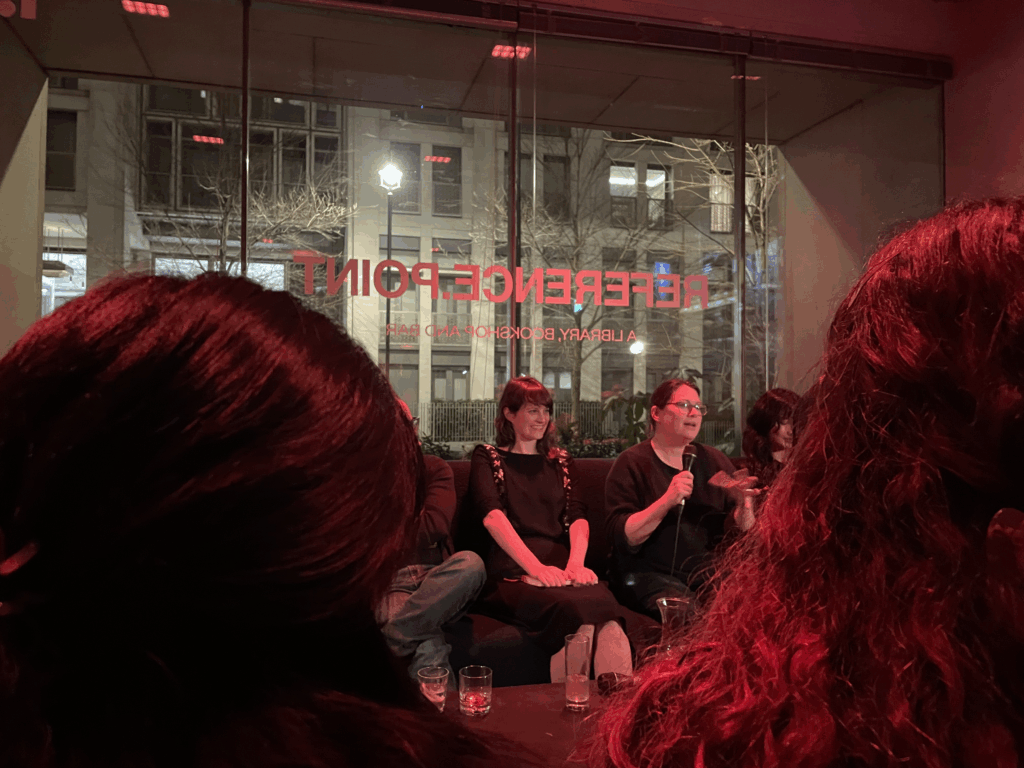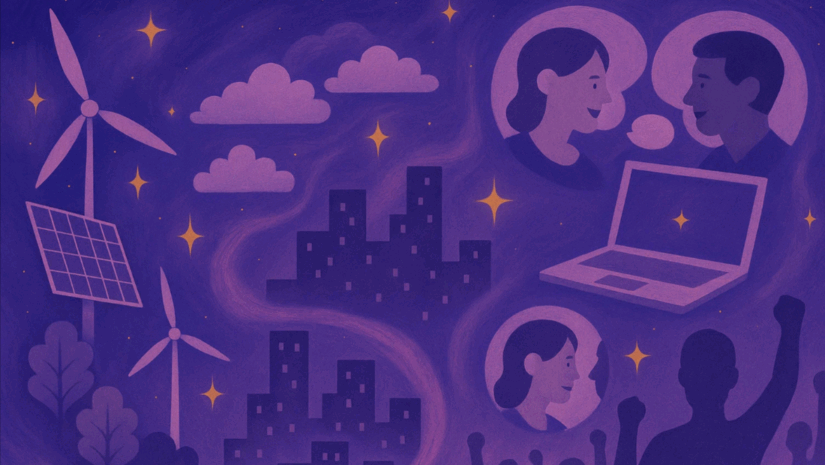The above image was generated using ChatGPT Sora
At the beginning of the year, our design researchers Riya and Sophie Tendai attended two separate workshops that explored the convergence of magic, dreaming, and artificial intelligence. These sessions are part of a growing trend in design research that leverages generative AI to unlock new dimensions of creativity and speculative thinking. Here are some of their reflections from the workshop.

Expanding the boundaries of knowing
In uncertain times, hope, wonder, imagination, and dreams become the essential tools for navigating the unknown. AI is both a cultural and technological force and is frequently described in exaggerated terms, promising superintelligence, automation and job replacement. However, fundamentally, AI is also a metaphor, a reflection of our collective hopes, fears and myths. At this intersection of technology and imagination, magic re-emerges—not as superstition, but as a way of understanding, a catalyst for innovation, and a method for shaping our reality.
Magic as a form of knowledge
Magic has always been about connecting with unseen forces that exist beyond human perception. It has been used to expand consciousness and go beyond the present limitations. Similarly, AI can process huge amounts of data into patterns and predictions that seem almost magical in their complexity, pushing the boundaries of what is possible.
However, a true power of AI doesn’t lie in its mechanistic efficiency, but in its potential to become a counterpart to human imagination. AI, like the arts, can raise a sense of wonder. It can create a collaborative space between humans and machines, past and future, and reality and possibility. Imagination is a shared endeavour, a co-creation between humans and machines that leads to expanded experiences.
Dreams as a form of knowledge
Dreams offer another layer of this imaginative spectrum, a nonlinear, symbolic, and deeply personal form of intelligence. They are not bound by time, logic, or physical laws, yet they can provide insight and pathways toward innovation. In many ancient cultures, dreams were regarded as messages from the divine, portals to other worlds, or maps of the subconscious. AI has the potential to interact with dreams not by replacing them, but by mimicking their structure, generating surreal imagery, unexpected narratives, or intuitive associations. In this way, AI becomes a dream partner, not merely predicting outcomes but helping us to interpret and amplify the unconscious layers of our own creativity.
In this way, AI becomes a dream partner, not merely predicting outcomes but helping us to interpret and amplify the unconscious layers of our own creativity
The narrowing and expansion of imagination with AI
Much like magic in ancient times, AI is a force that we do not fully understand, despite its portrayal as a tool for optimisation by powerful tech companies driven by economic and political interests. AI, in its current state, can be seen as a performance—a ritual of data and algorithms—still influenced by human biases, limitations, and myths. The true potential of AI lies in its ability to act as a portal to new knowledge and expanded consciousness, rather than just a tool for calculation.
AI and connecting our dreams to reality
Moreover, dreams are not just passive hallucinations of sleep, they are testbeds for potential realities. In lucid dreams, one can fly, speak with ancestors, or alter the world through sheer will. AI, in a parallel way, allows us to model alternate futures, simulate environments, and bring abstract ideas into tangible form. If AI is trained not only on data but on desire, on poetry, intuition, or on memory, it can help us incubate the impossible. We might begin to build technologies that resonate with the subconscious, that reflect the full complexity of human experience, not just its measurable fragments. The dream is not to automate life, but to animate it with depth, connection, and purpose.
AI and the mysticism of science
Science, at its core, has always been a performance, a dance with the unknown. Ancient gurus claimed access to hidden knowledge through ritual, and today’s AI researchers and technologists similarly perform acts of divination—they predict patterns and generate insights from vast computational matrices. AI, seen as all about logic and progress, and magic, often thought of as an old-fashioned concept, seem like total opposites. But, deep down, they’re both about pushing past what humans can normally do and changing how we see the world.
Dreaming with Machines
Rather than seeing AI as a cold, calculating engine, what if we imagined it as a dream state consciousness, a co-dreamer helping us navigate the liminal spaces between what is and what could be? Dreams allow us to rehearse the future, reframe the past, and reshape the self. AI, infused with dream logic, could assist not just in creating tools, but in evolving mythologies that help us process our place in a rapidly shifting world.
Reclaiming magic in AI
AI, as it exists today, mirrors human intelligence, reflecting both our potential and our limitations. It is not superior to us but instead an extension of our capabilities and collective imagination. Magic, as both concept and practice, offers a new perspective on our relationship with AI, suggesting that it is not just a tool but a collaborative space for exploration, wonder, and the expansion of possibilities. In an increasingly technology-driven world, it is our imagination, sense of wonder, and the mysteries that remain that will guide us toward the future.
In an increasingly technology-driven world, it is our imagination, sense of wonder, and the mysteries that remain that will guide us toward the future
The Dreaming Future
Therefore, the future shaped by AI need not be purely mechanical, it could be visionary, poetic, and alive with magic and ambiguity. Just as dreams resist fixed meaning, so too could our engagement with AI resist rigid control. The next frontier may not be artificial intelligence that mimics us, but dreamful intelligence that dreams with us. In this light, AI becomes not the end of mystery, but its next chapter.
Riya Gokharu & Sophie Tendai Christiaens
